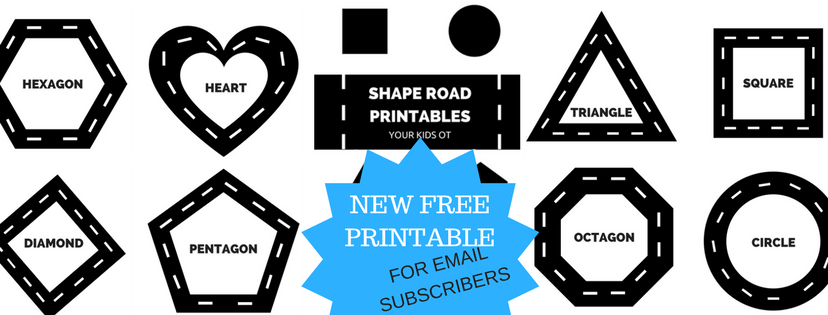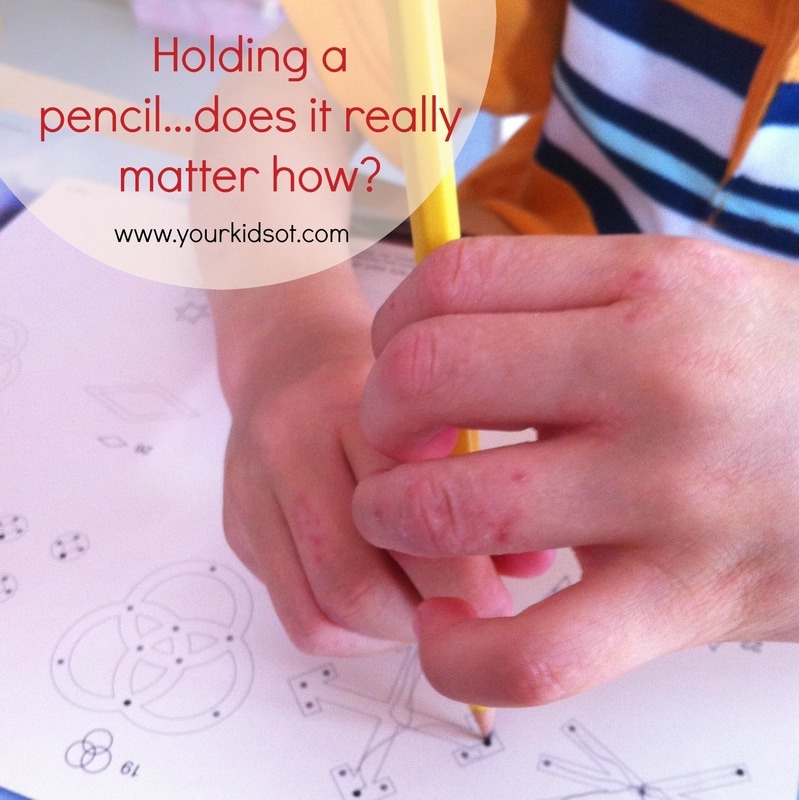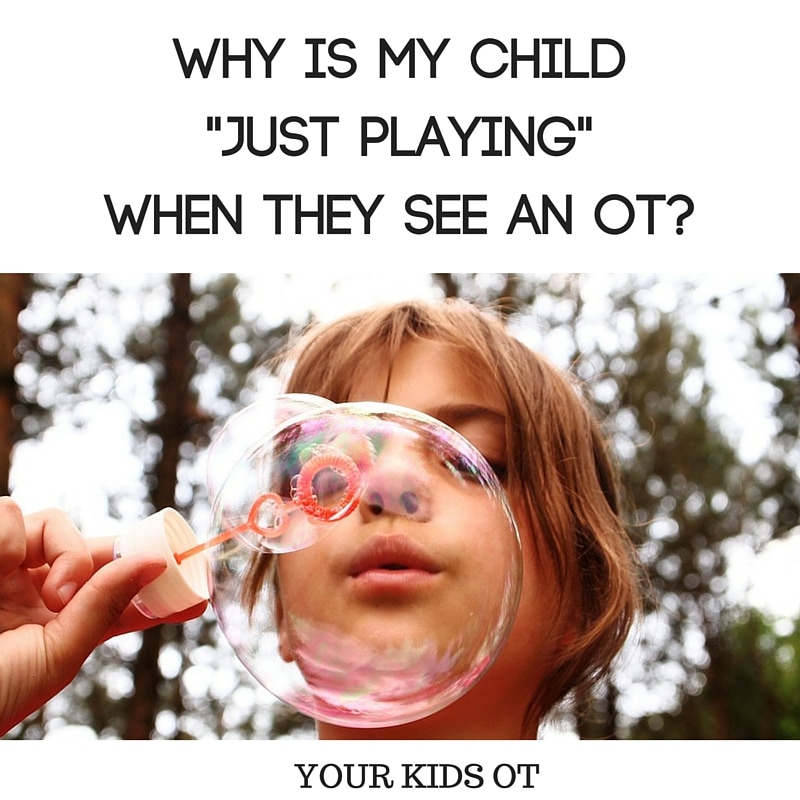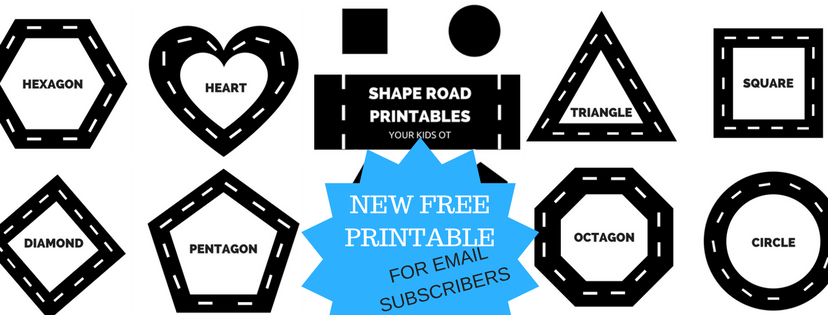|
Ever have an arm wrestle? or pulled in a "tug of war"? or have you tried indoor rock climbing?
These activities all require a significant amount of upper body, hand and finger strength. We might not all win arm wrestles ... but we all require adequate strength in our arms, hands and fingers to perform daily activities. Children need adequate hand and finger strength to carry out their daily "jobs" such as writing, using scissors, doing up buttons and using a knife and fork. When muscles in the hands are strong, children can hold tools for longer and use them more efficiently. If a child has weak hand muscles they may tire quickly (giving up) or swap hands (to give the other hand a turn). In using scissors, they may have difficulty opening and closing their hand adequately to cut the page or drive their scissors forward. In using a knife and fork, children with weak hand muscles may not be able to apply adequate pressure to stabilize or cut the food properly. In handwriting, children with weak hand muscles may have difficulty applying pressure to their pencils or they may not be able to write as much as others. Some children may have poor hand and finger strength due to low muscle tone, developmental delay or a neurological condition. There are sometimes no known cause for a child's hand weakness, however medical advice should be sought if you are concerned. Activities which help with the development of strength involve some weight bearing or resistance. They involve pushing or pulling and may also be considered "heavy work" when looking at a sensory diet. Read more about sensory diets here. You could try the following activities to encourage the development of strength! Upper Body Strength and Stability(hands, arms and shoulders).
Hand and Finger (Pinch) Grip Strength
For even more suggestions for building hand strength read more pincer grip ideas here! Read about heavy work for little fingers HERE!
These hand strengthening activities are a great way to get hands ready for handwriting, scissor skills and more!
Does your child struggle with the strength needed to carry out daily "jobs"? Are they constantly "swapping hands"? What is your favourite way to help develop hand strength?
Disclosure: Affiliate links are included in this article to promote products that I recommend. This means that if you follow through with a purchase from these links, Your Kids OT will receive a percentage of the sale. Reviews and endorsements of products will only be made based on my expertise and personal opinion; and deemed worthy of such endorsement. The opinions shared in sponsored content will always be my own and not that of the advertising company or brand.
You may also like: Parents, do you remember placing your finger into the palm of your baby's hand? They sweetly wrap their fingers around your finger and you go "awww, their holding me!" This first "grasp" pattern seen in babies at birth is a primitive "grasp reflex". It only lasts for about four months, however it prepares babies for voluntary grasp and release patterns. Grasp and release patterns are an important part of early child development. At about four months, babies are reaching for objects with a momentary grasp and by about nine months babies are learning to release objects voluntarily (Parks, 1996). Coordinated grasp and release skills (and therefore the opening and closing action of your child's hand) are important for the development of scissor skills. Children need to be able to hold scissors and guide them to open and close as they cut across paper.
You can use the following activities to encourage children with "opening and closing hands".
Parks, S. (1996). HELP strands: curriculum-based developmental assessment: birth to three years. Palo Alto, CA: VORT Corp.
You may also like:
Cutting, laminating, photo copying, lesson planning .... do you do your preparation in the school holidays?
Teachers and OTs (or an other therapists for that matter)... we have a problem! We never quite "switch off"! We are always looking or listening out for a great idea that we can implement with the kids we see. Even on holidays... I notice ramps and think about access, I notice toys in shops and think how I could use that or I watch kids play and guess how old they are! Yep, I have a problem! Last year we were quarantined at home during one school holidays due to illness (gastro from memory). To make the most of this time, I made these scissor skills busy boxes! I knew that they would come in handy once the illness had passed and I was back at work! These boxes are perfect for home, preschool or in an OT tool kit! Yes they take a little while to set up but they are worth it! I sourced theseplastic boxes years ago from IKEA Australia and love that they have little compartments which can be adjusted in size. They also have a lid making them ideal to move around from place to place! I set up two types of boxes but you could use a combination of craft and cutting strips. The cutting strips were made from scrapbooking paper. This is a little thicker than normal writing paper and easier for little hands to hold and to cut (as it doesn't flop around as much and require too much stability with the non-dominant hand). In the cutting strip box, I wanted to have a range of developmental stages including shorter strips, thicker lines, thinner lines, curves, straight lines, corners and more! Read more about developmental stages over at MamaOT. If you are making this box for home, you may want to consider where your child is at developmentally before starting!
A craft box is a great way to encourage those who are just starting out with scissors! Present a range of things to cut such as straws, crepe paper, wrapping paper, tissue paper, wool, ribbon, twine, tinsel, etc! Encourage your child's creativity with some glue to stick down all the things they cut!
These scissor skills busy boxes will appeal to your child if they already interested in cutting or they love experimenting with craft supplies! However, there are some children who are just...not..interested...in...cutting! These are the kids who are referred to OTs because of poor fine motor skills, poor hand strength and poor postural control. Sometimes these children have difficulty with cutting because they have not yet established a hand preference or have poor bilateral coordination (see here for more information). Here are some tips for using the scissor skills busy boxes!
Please tell me that I'm not the only one who has trouble "switching off"! Perhaps this is a subconscious reason I started this blog, so that I could record ideas and observations!
Have you got a "busy box" for scissor skill practice? What have you included in your box?
Please welcome today's guest blogger, speech pathologist Vincent Borg from Box Hill Speech Pathology Clinic. Vincent is a leading specialist in stuttering therapy with almost 36 years of practice. Vincent is here to share about stuttering; what signs to look for, what to monitor and the treatment options which may help! This is a subject close to home as I sought speech pathology assistance for my son before he started school so that we could address a mild stutter. We participated in the Lidcombe program which is mentioned in this article!
It’s a common concern we hear at our speech pathology practice, particularly from parents of toddlers and pre-schoolers, “Our toddler started stuttering overnight.” It can be particularly worrisome for parents when their child was speaking perfectly fine beforehand.
Between the age of two and four years old, children suddenly have so much to say! Quite often their little brains simply cannot keep up with all the things they want to say not to mention also trying to figure out how to put sounds and words together into phrases that make sense. Signs of stuttering in toddlers and pre-schoolers Stuttering can not only present itself as sound, word or phrase repetition, for example,‘w-w-w-will you play with me?’ or ‘can-can-can I go outside?’ or ‘I want to, I want to, I want to um go home now’ but can present itself as a stuck or blocked sound production or the stretching of sounds, for example, ‘Ca___n I have a drink please?’ The development of language skills is like a huge jigsaw puzzle for young children as they try to grasp new words, sounds and phrases and dysfluency quite often occurs during this developmental period. Some children outgrow their stuttering once they move through this phase and some don’t. It can bequite difficult to determine whether or not stuttering is normal or if it will pass, this is why it’s best to take a proactive approach. Closely monitoring the dysfluency is essential and if you’re concerned or unsure about your child’s stuttering, seeking speech therapy for stuttering from an experienced speech pathologist will give you answers and set your mind at ease. Treatment is most effective if started before the child turns six years old.
What types of stuttering treatment are available? Do they work?
The Lidcombe Program is a best practice treatment for young children who stutter in Australia. The program is a parent training program which teaches parents how to provide feedback regarding their child’s speech that is carefully worded and well-timed, during specific games and naturally occurring situations. Parents and children that have undertaken the Lidcombe Program say that the program is fun and easy to implement. Children enjoy coming to our clinic to engage in the ‘smooth talking games’ and parents feel very empowered because they are equipped with the knowledge and tools to be able to be a direct therapist for their child. What is smooth talking? Smooth talking can also be known as speech restructuring, smooth speech, prolonged speech or The Camperdown Program and it teaches children with a stutter to use a slightly altered speech style to control their stuttering. This approach is effective in reducing stuttering where accurate self-monitoring and close attention is paid to the technique. We rarely recommend this treatment for very young children but do recommend it in partnership with the Lidcombe Program for older children. What things to monitor before attending stuttering therapy? To achieve the best possible outcome at a speech pathology appointment, it’s essential that you make close observations of your child’s stuttering and document the following:
How to support your child while they are experiencing stuttering? If your child starts stuttering, in addition to making observations and seeking advice from a speech therapist, it’s essential to display sensitivity towards your child. Try not to make a big deal of their stuttering, let them know that you are there to help them through their frustration and that you will wait for them to say what they need to. It’s so important that you’re not in a hurry to communicate with them. Try to slow down your questions and give them the amount of time they need to express themselves properly. Patience when it comes to stuttering is key. Has your child started stuttering all of a sudden? Did it go away on its own or did you seek therapy? By Vincent Borg
You may also like:
|
AuthorHi, I'm Cindy and I am an Occupational Therapist. I enjoy working creatively with children to see them reach their potential. Read more about me here. SEARCH THIS SITE
Archives
June 2024
Categories
All
Popular Posts |
Join the YKOT e-newsletter!
Subscribe to get our latest content by email and receive
the SHAPE ROADS PRINTABLE NOW!

Success! Now check your email to confirm your subscription and receive your free printable!
Join our Mailing List!
Subscribe to get our latest content by email and receive
the SHAPE ROADS PRINTABLE NOW as a thankyou!

Success! Now check your email to confirm your subscription and receive your free printable!
Disclaimer: The information on this site is general in nature and should be used for educational and entertainment purposes. The activities are safe for most children, however, you should consult an Occupational Therapist or health professional to address specific movement, sensory or other medical conditions. This blog does not replace formal therapeutic professional advice given by a health professional or medical practitioner. Reviews and endorsements of products will only be made based on my expertise and personal opinion; and deemed worthy of such endorsement. The opinions shared in sponsored content will always be my own and not that of the advertising company or brand. Content, advertising space or posts will be clearly identified if paid, affiliated or sponsored. Affiliate links may be found throughout this website in advertising. This means that if you follow through with a purchase from these links, Your Kids OT will receive a percentage of the sale. Your Kids OT undertakes to meet the requirements of the "Social Media Policy" as published by Australian Health Practitioner Regulation Agency (AHPRA). Further information about this policy can be found here.
Find meFollow me |
About me
AuthorHi, I'm Cindy and I am an Occupational Therapist. I enjoy working creatively with children to see them reach their potential. Read more about me here. |
Copyright © 2017 Your Kid OT

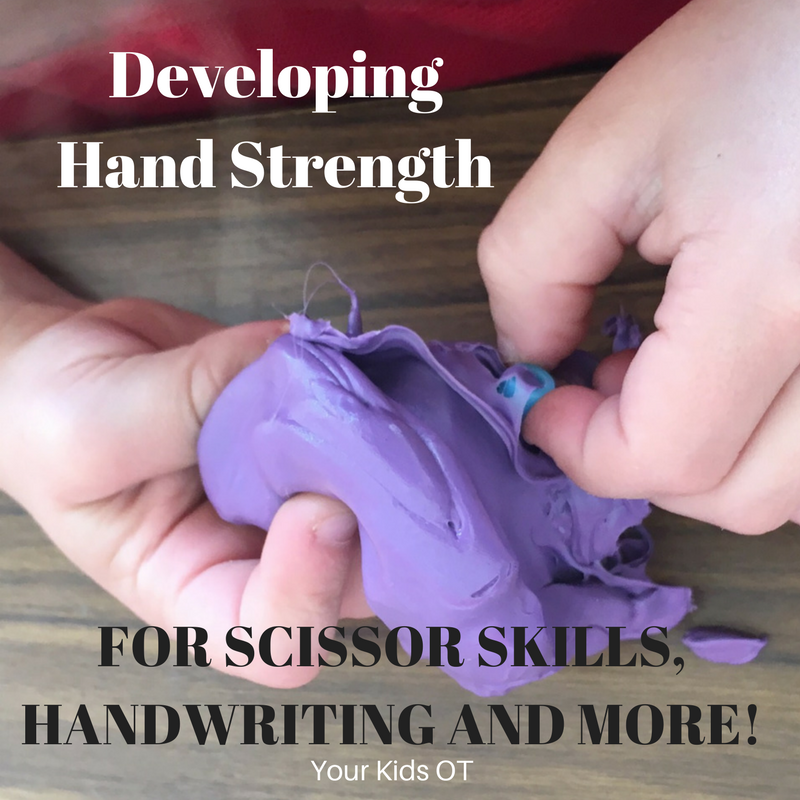
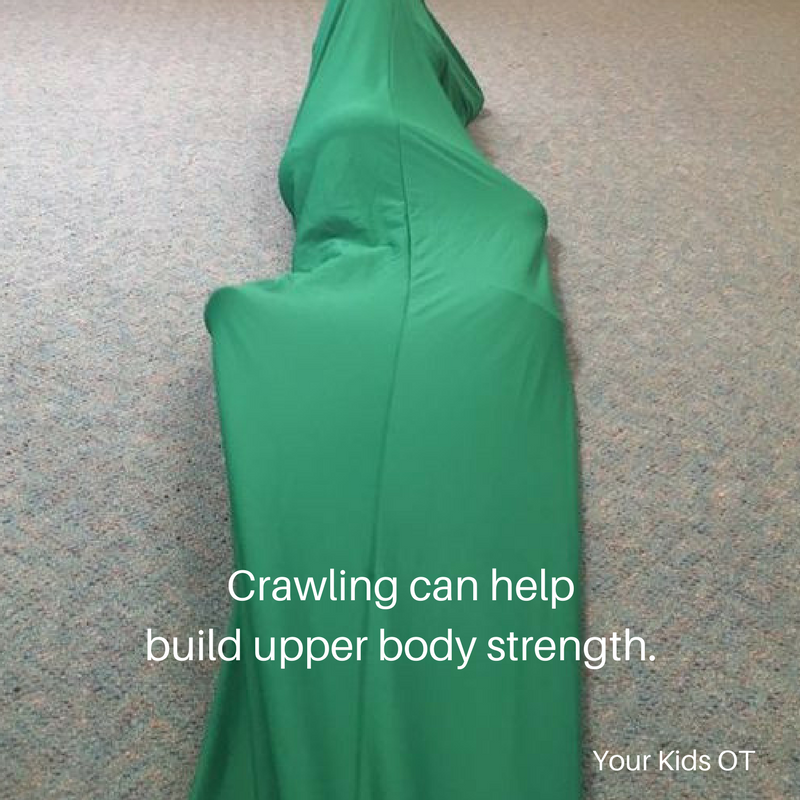
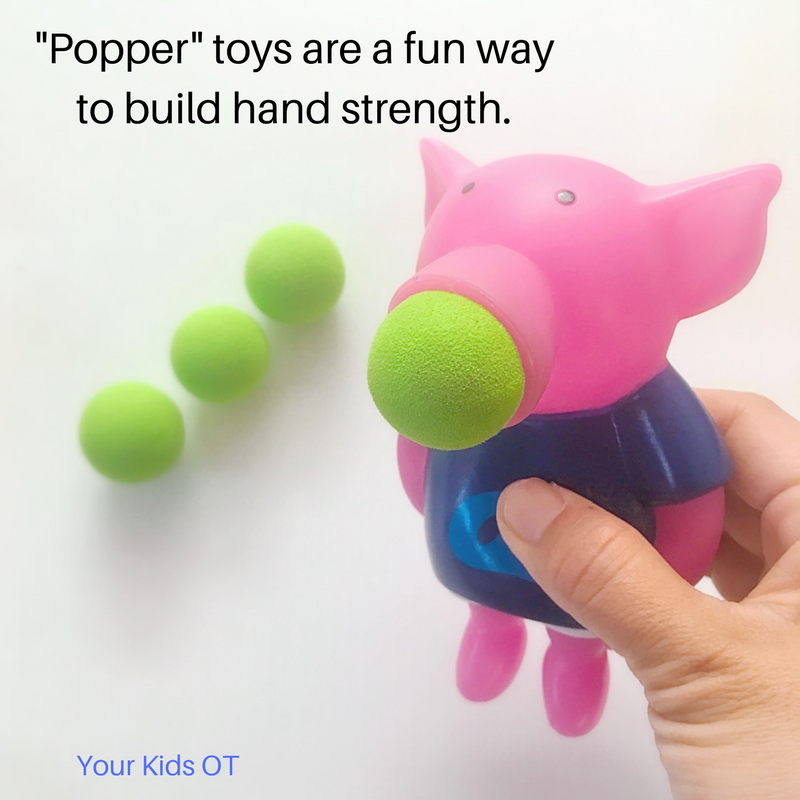

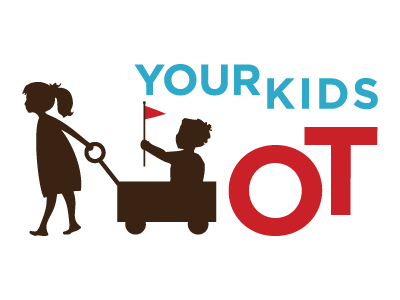
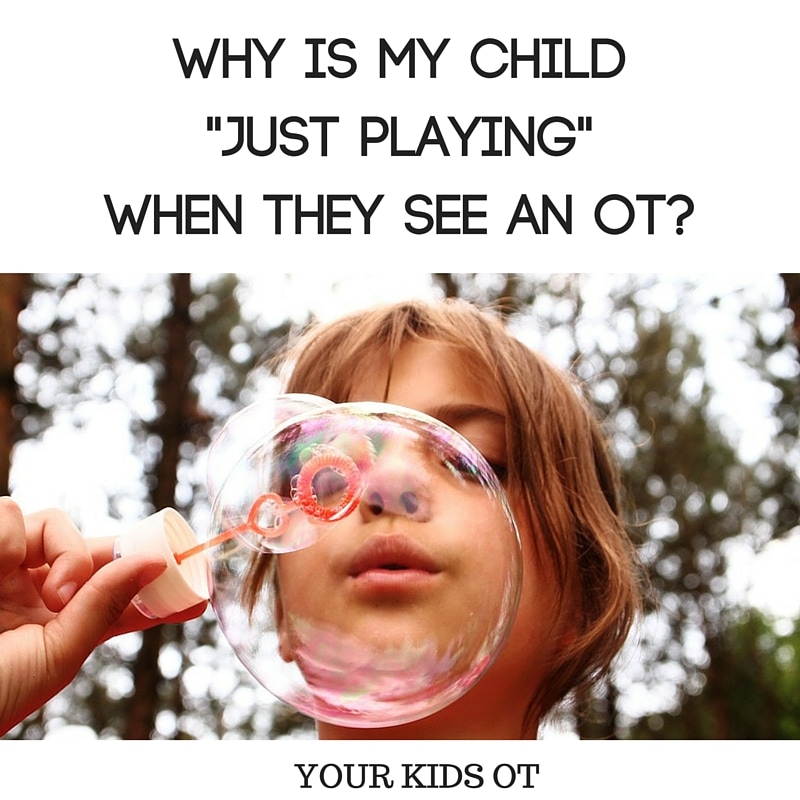
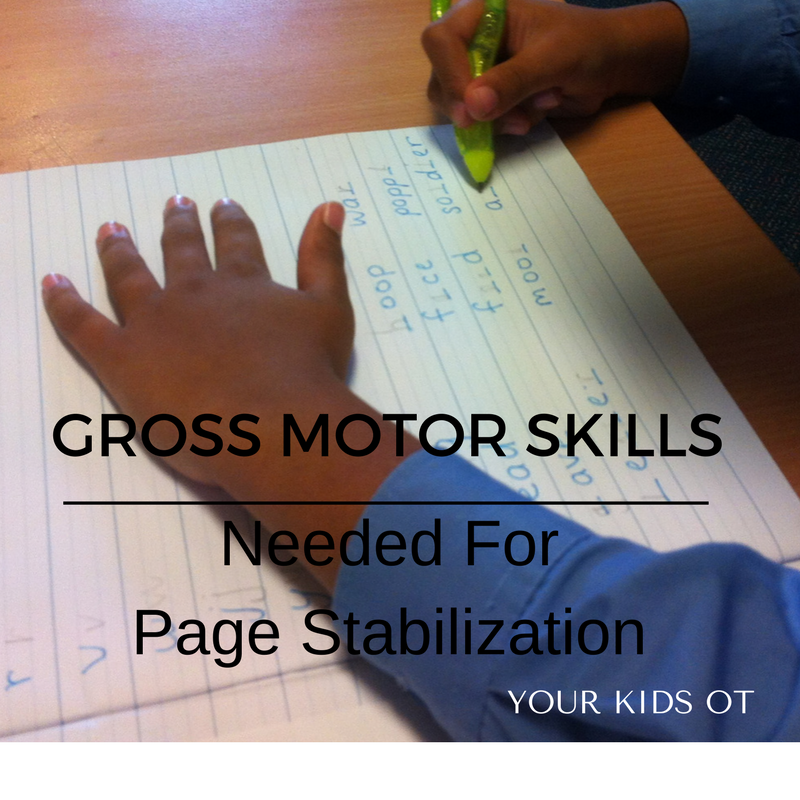
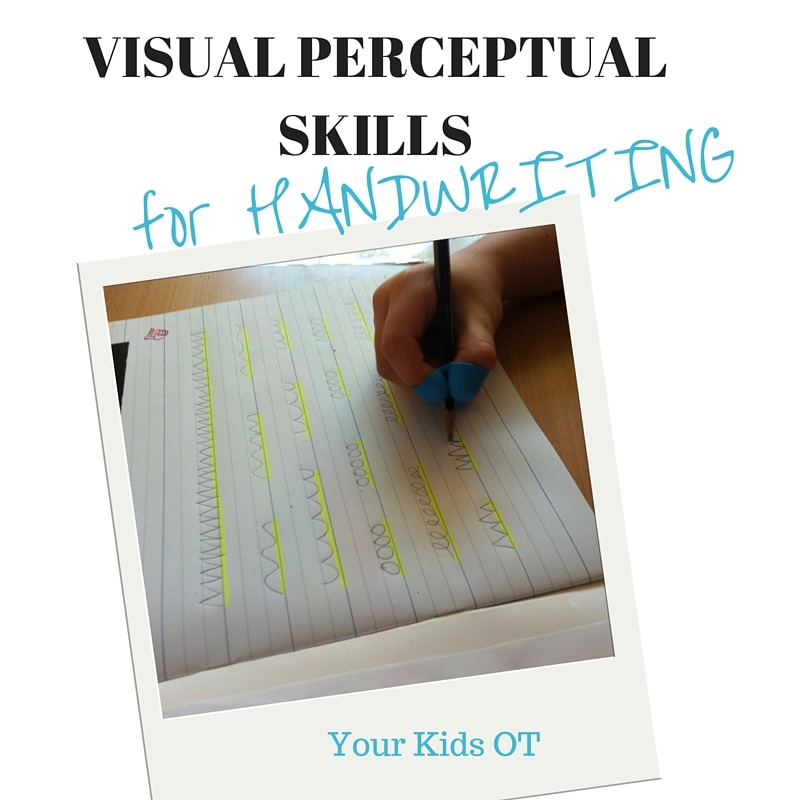
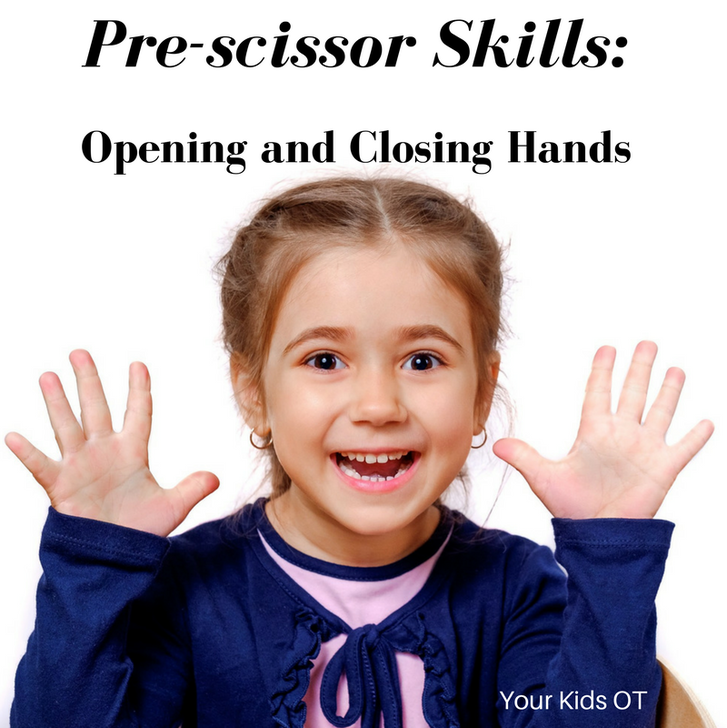
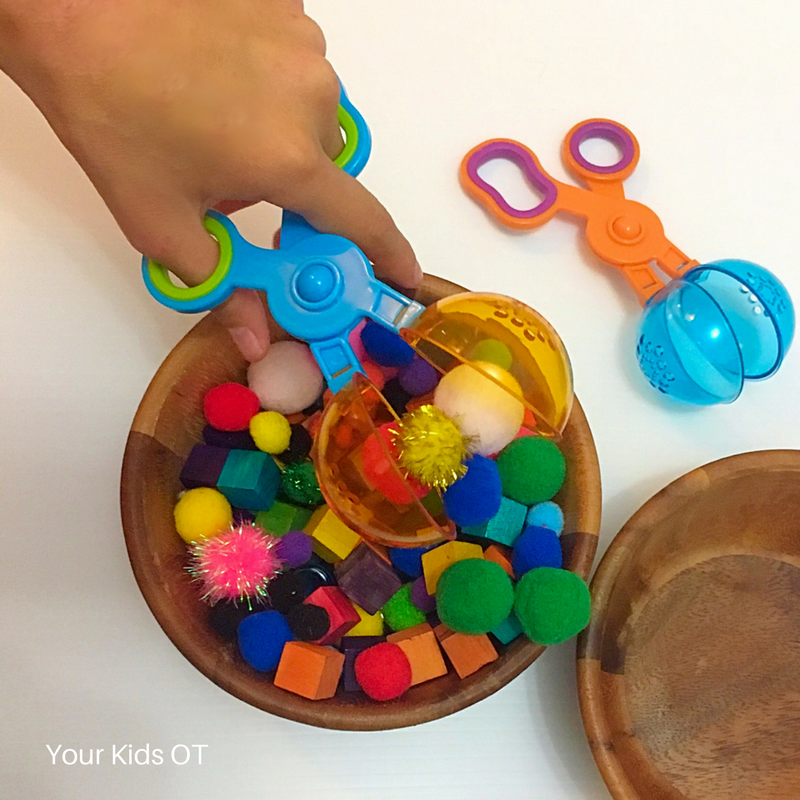


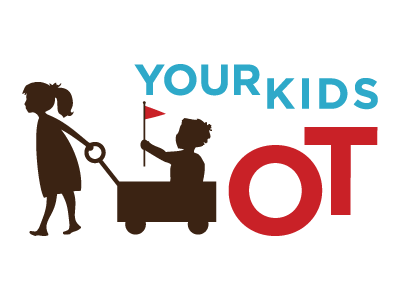
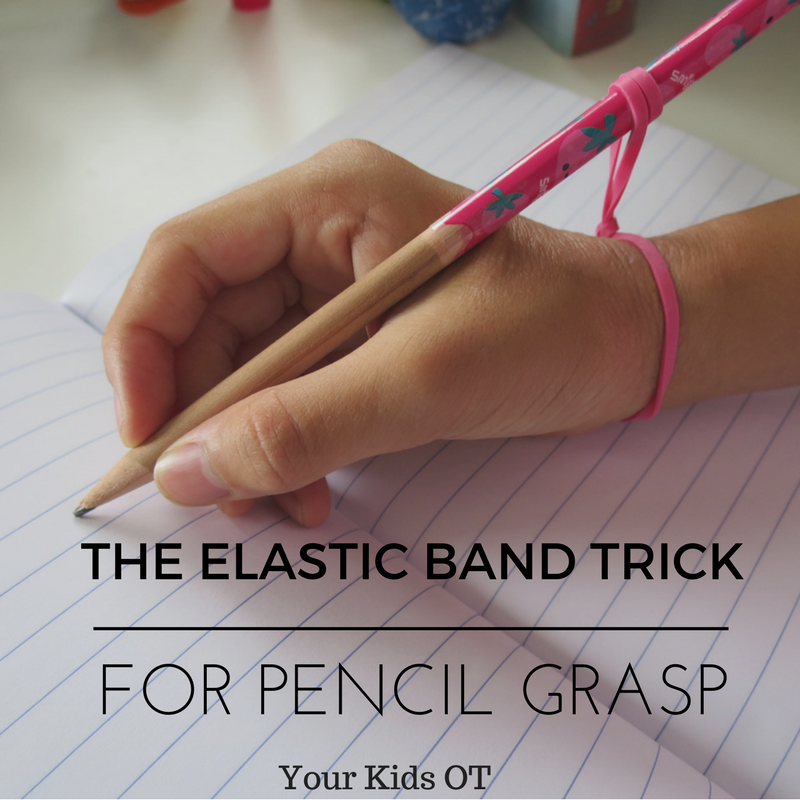
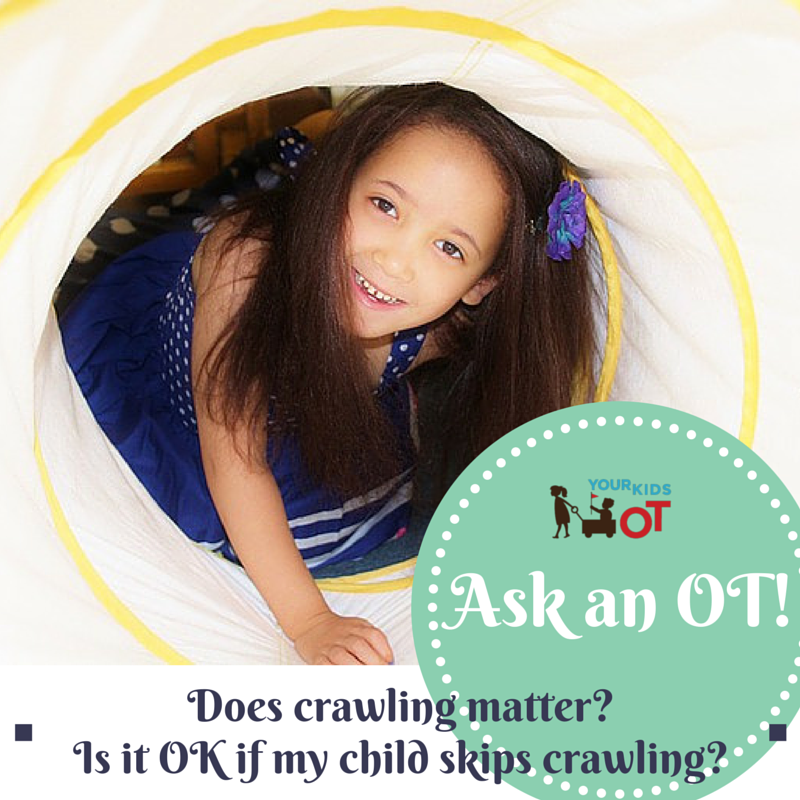
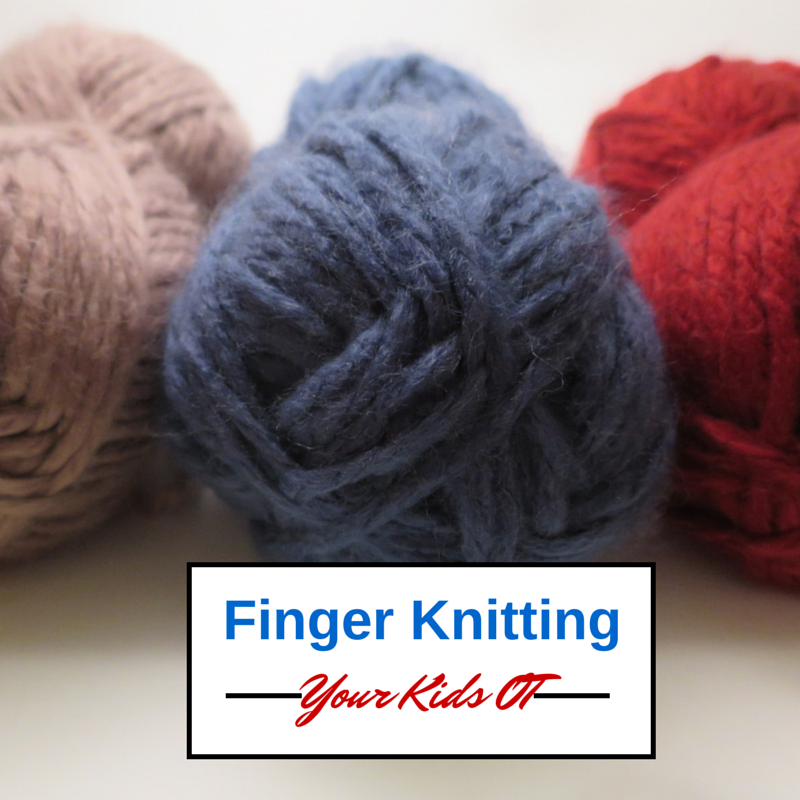
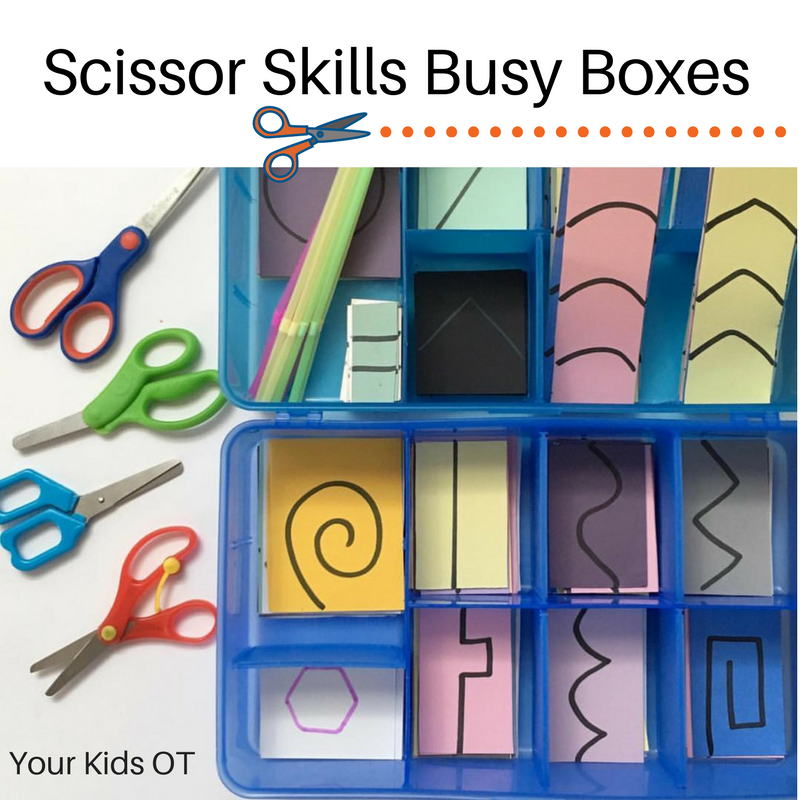
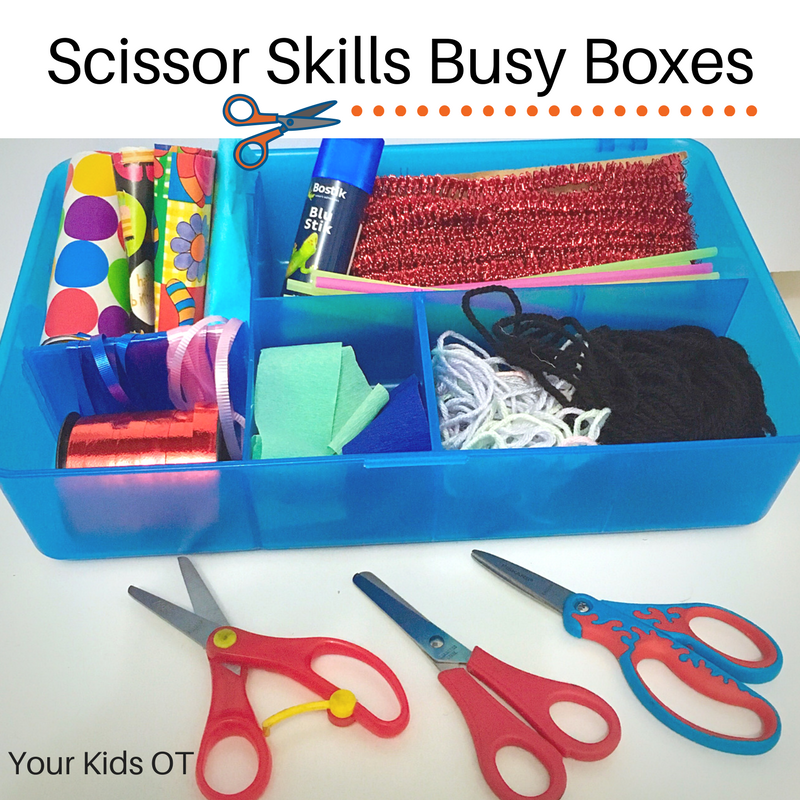
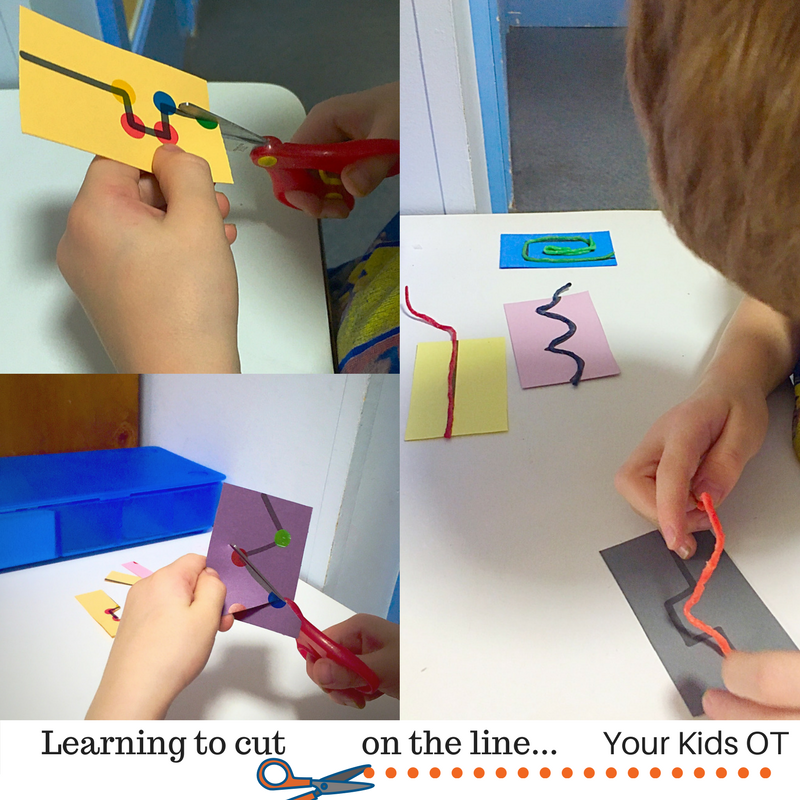
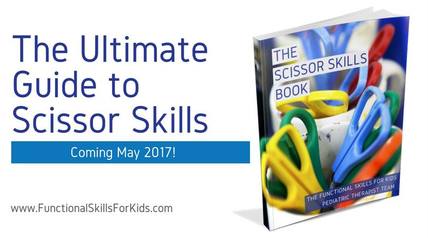

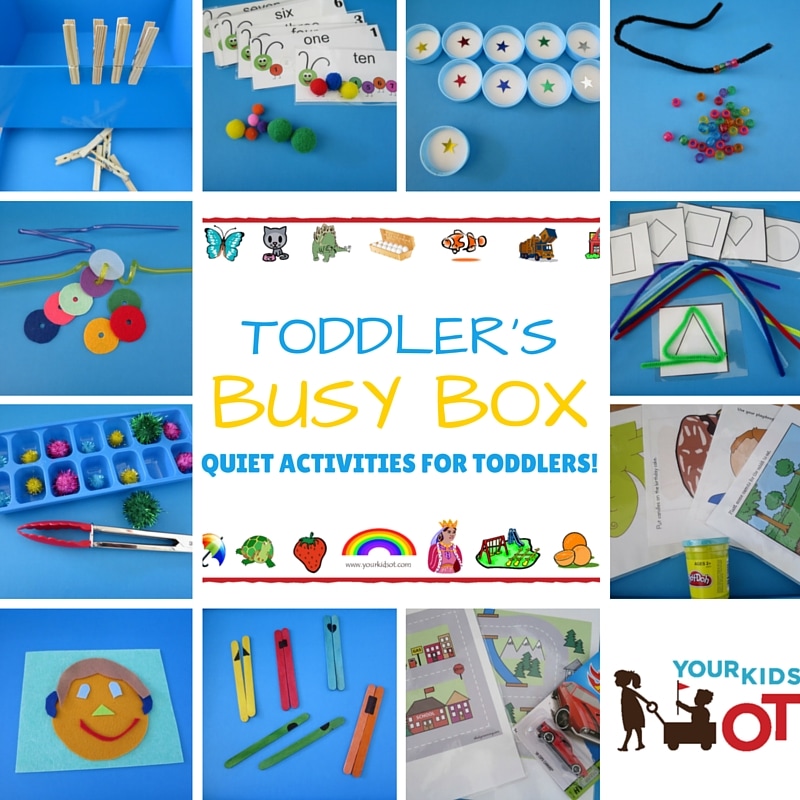

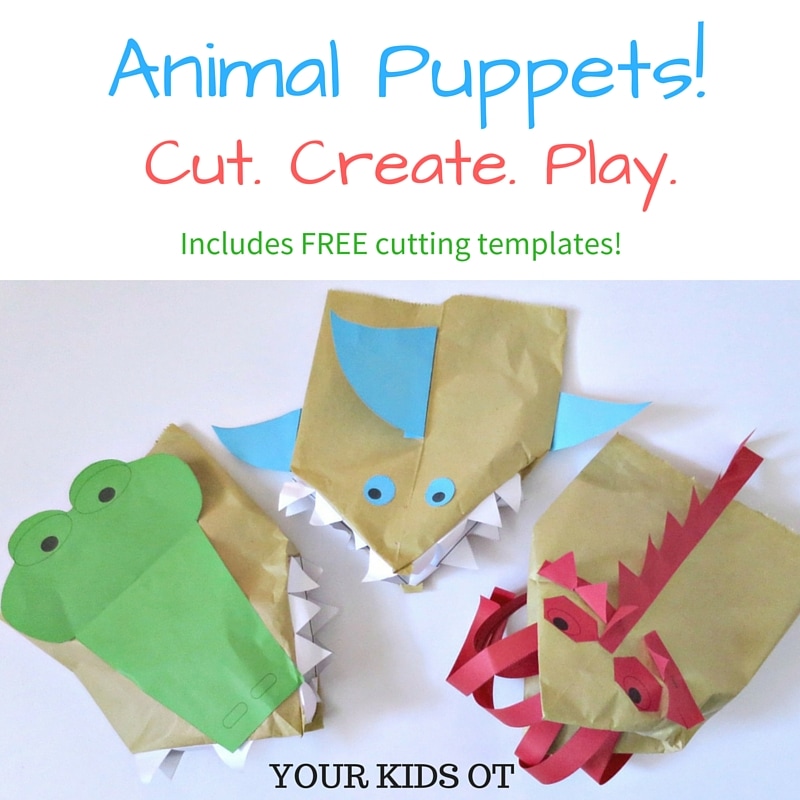

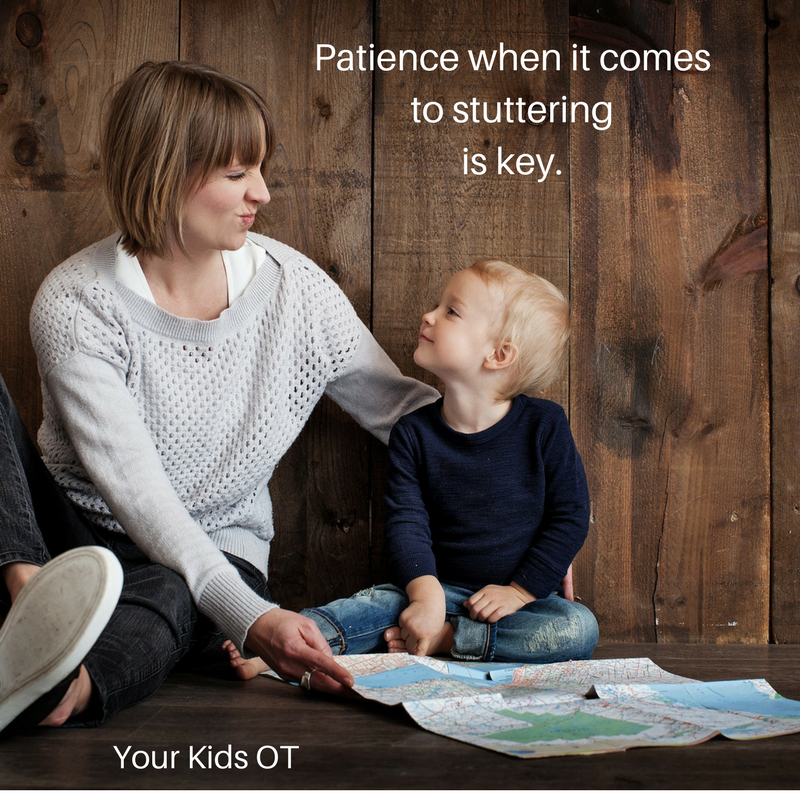

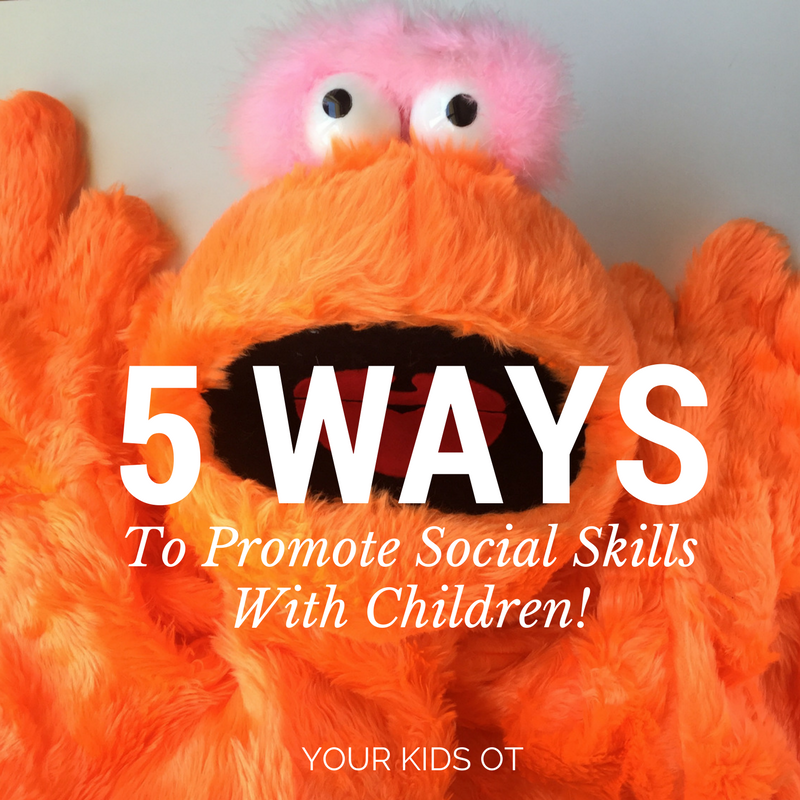
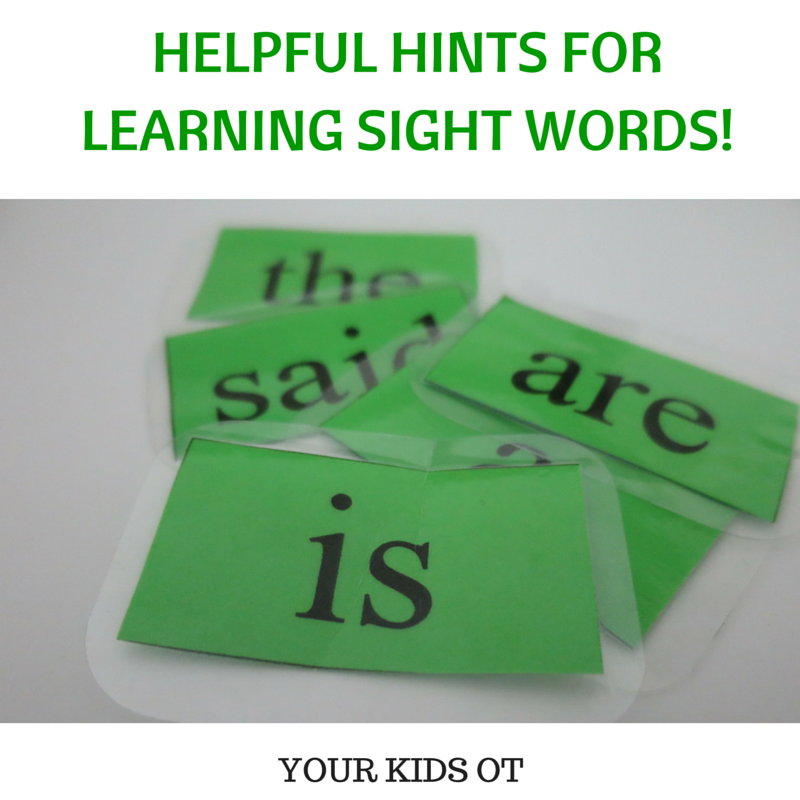

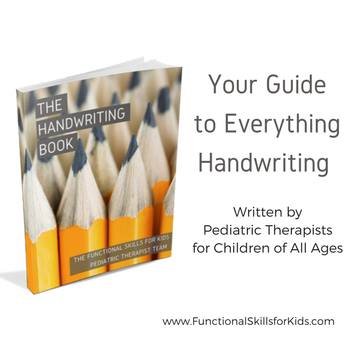

 RSS Feed
RSS Feed
